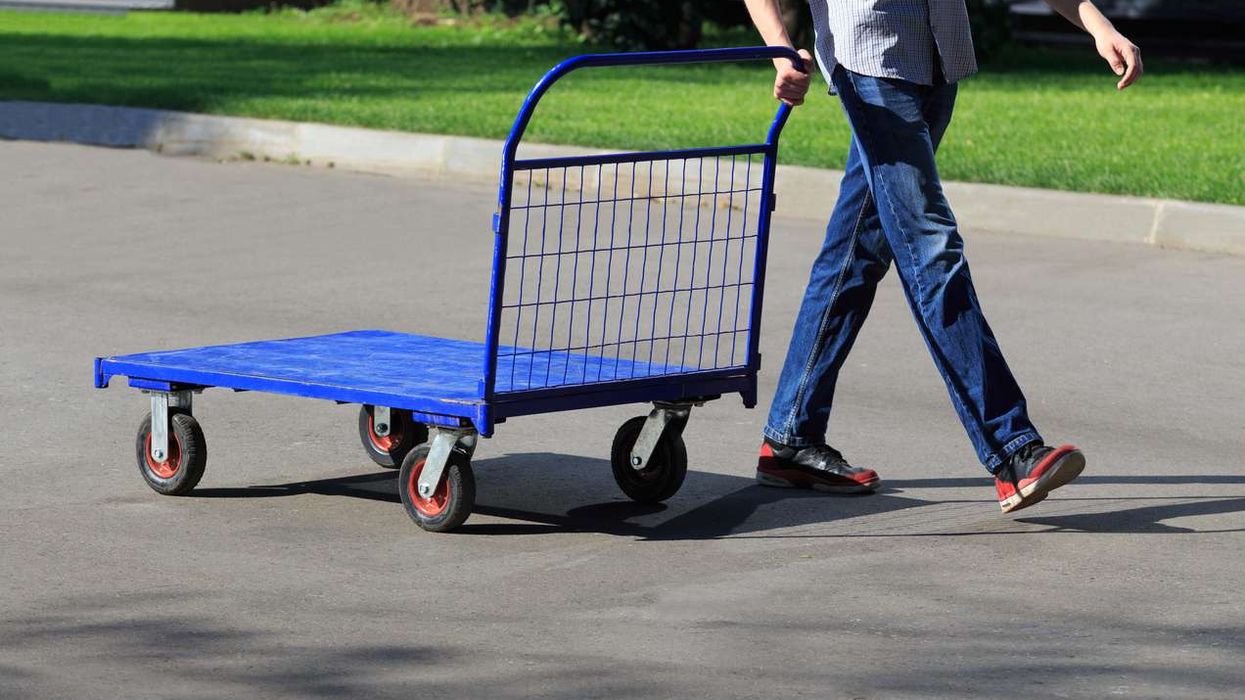Produced in association with UK Government
HEADTEACHER REVEALS ‘BUBBLE’ SYSTEM AND REVAMPED CLASSROOMS TO MINIMISE INFECTION RISK
SCHOOLS in England reopened on June 1 for the first time since they were shut 10 weeks ago because of the coronavirus pandemic, with many students walking into classrooms that looked different before lockdown was imposed.
As the UK moved to stop the spread of the virus, schools closed their doors to all students except those who were children of key workers.
Bonneville Primary School, a 420-capacity lower school located between Clapham Common and Brixton Hill in south London, remained open to a priority group of children from Lambeth every day since lockdown began.
Overnight, it transformed into a “virtual school”where the grounds were open to around 25 pupils a day to provide essential care, education and daily meals, providing a vital lifeline for some families.
Andrea Parker, lead headteacher of Bonneville, Jessop and Stockwell Primary Schools, said, “Everybody has been working incredibly hard to keep the whole thing going during a difficult time. We have children from a wide range of backgrounds. The school reflects the community it is part of and it’s a place where diversity is celebrated as a real strength of the school.”
Prime minister Boris Johnson last month set out a timeline that allowed up to two million younger children in England to return to school on June 1 and older ones from June 15. Ahead of the June deadline, Bonneville school prepared to welcome back Reception, Year 1 and Year 6 students, and sought to reassure both children and
parents of the safety measures it implemented.
Parker said, “With a large proportion of staff and students from BAME backgrounds, we are developing specific risk assessments looking at additional factors like age, existing health issues and people they live with, so that due care can be applied.”
A new “bubble” system has been developed as part of revised safety measures. Each year group is divided into three bubbles of up to 15 children with staggered arrival and departure times at the school gate.
According to the headteacher, “For morning drop off, there will be a 10-minute gap between each bubble. There’s a two-metre painted boundary around the school gates to keep parents at a safe distance, while floor markings show routes to each classroom in the school.
“Inside, the layout is more spread out, and each child gets their own desk and chair for the whole day.”
All soft furnishings have been removed and in order to make navigating around the school easy, as well as to minimise the risk of infection through handles, doors have been left open. At lunch and break times, rather than communal eating in the school halls, meals will be hand-delivered to the students in the classrooms.
“For breaks and PE lessons, we really want to maximise the outside space, especially for our younger years,” Parker said. “Equipment, like hockey sticks and tennis rackets, that our children love, will be used by one group at a time and then routinely cleaned.”
In accordance with government guidelines, after every session, children will wash their hands with soap and water. Hand sanitiser dispensers have been installed outside every classroom and extra cleaning materials are available for desks, the headteacher said, adding that a janitor works throughout the school day.
However, on Fridays, the school will close early to facilitate statutory planning and preparation time for teachers and additional cleaning, Parker said.
“In the event that a child presents with Covid-19 symptoms, we can therefore act efficiently for that child, the teacher and the bubble of children they have been closest to.”
The same efficient systems will be rolled out across its south London sister schools Jessop and Stockwell. As students prepared to return to school, the headteacher noted the importance of lessons in classrooms.
“It’s so important to get the children back into school; homeschooling is not a replacement for the structured education we can provide here,” Parker said. “For the early year’s students, it’s what creates long-lasting learning, and for our oldest pupils, Year 6 is a key milestone.
“Seeing friends is a huge part of their general wellbeing, and this term will be key for their transition to secondary school.”
Parker’s own six-year-old daughter has been attending Bonneville throughout lockdown because she is the child of a key worker. So the headteacher is keen to reassure other parents about all the measures adopted by the schools.
“Like every school head, the children’s safety is my top priority, and the high level of safeguarding I expect for my daughter is the same for every child in my care.
“After all, our school community is like a family and we will do our utmost to protect them. The measures will be reviewed weekly and we will work hard to actively respond to everyone’s needs as they arise.”
Please closely refer to the protective measures in education and childcare settings guidance here
* Please check with your Local Authority for the latest news on schools opening in your area













